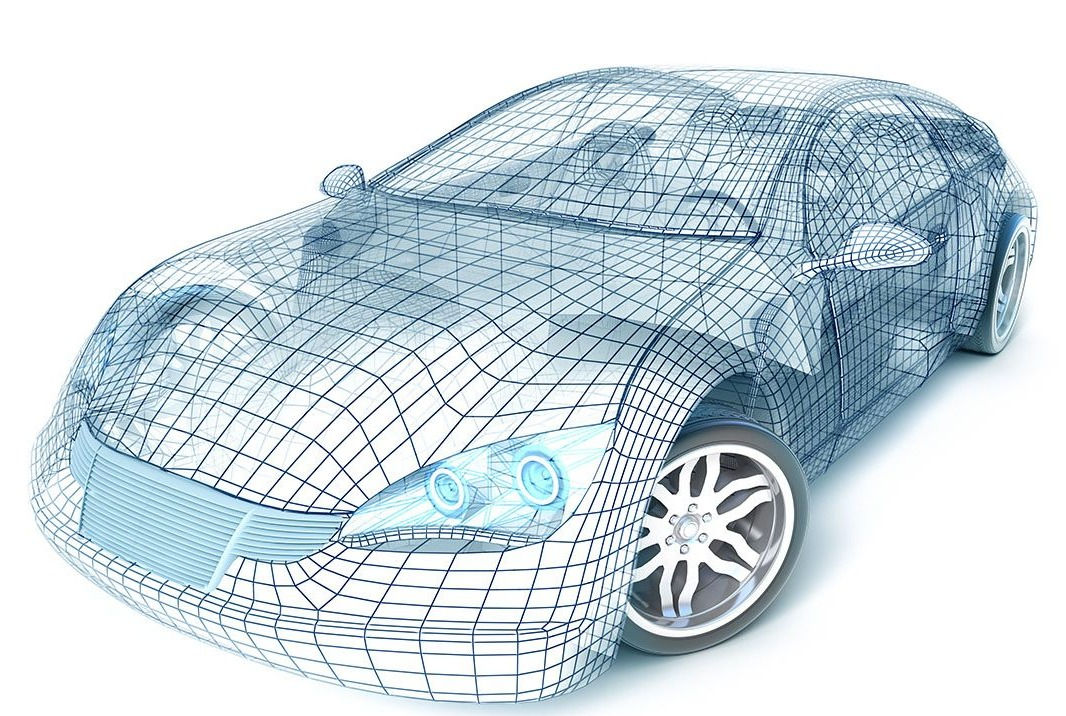
Deep material network
-
Novel machine learning approach based on network structure and mechanistic building block
-
Materials: rubber composite, polycrystalline materials, CFRP (e.g. UD and woven composite)
-
Small-strain and finite-strain formulations in 2D&3D
-
Advantages
-
Avoiding extensive offline sampling stage
-
Eliminating the need for extra calibration and micromechanical assumptions
-
Efficient online predictions without the danger of extrapolation
-
Arbitrary material laws in online prediction stage
-
Linear computational complexity to the number of degrees of freedom.
-
-
Applications
-
Topology learning of RVE
-
Seamless structure-property relationship and material design
-
Scale linking via direct network concatenation (e.g. three-scale CFRP)
-
Self-consistent clustering analysis
-
Mechanistic RVE model reduction based on clustering technique and micromechanics theory
-
Materials: Particle-reinforced composite, polycrystalline materials
-
Small-strain and finite-strain formulations in 2D&3D
-
Advantages
-
Avoiding extensive offline sampling stage
-
Explicit mapping between clusters and RVE parts
-
-
Applications
-
Concurrent multiscale simulation ( integrated with LS-DYNA)
-

